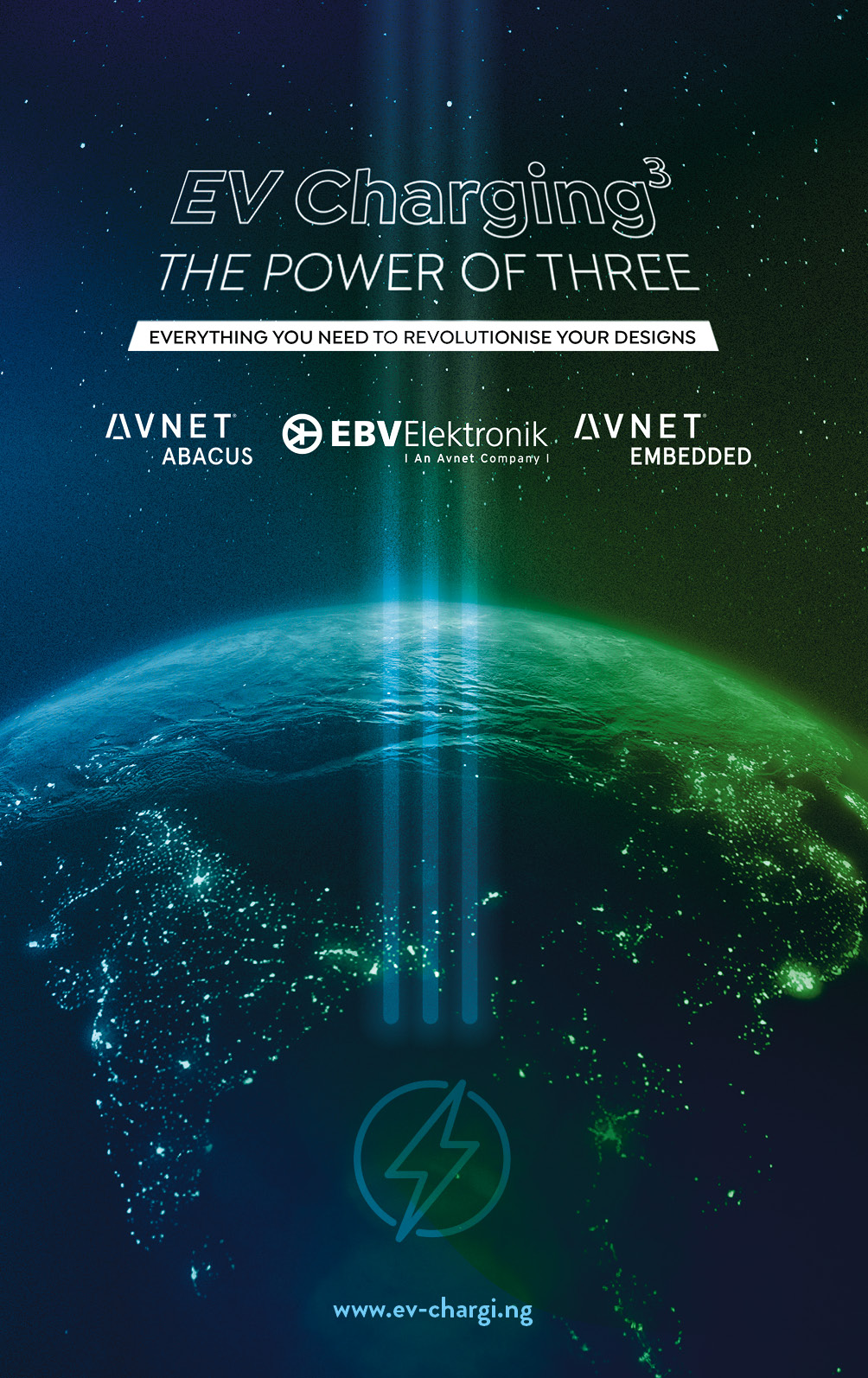The first electric cars can already feed electricity back into the grid when needed. Bidirectional charging transforms the charging infrastructure into the interface between the mobility and energy sectors.
As electromobility advances, the intelligent integration of charging infrastructure into the power grids becomes increasingly important.
Take Amsterdam, for example: more and more residents are driving electric vehicles, meaning the urban electricity grid is already under considerable pressure.
In the summer of 2022, the energy company Vattenfall therefore joined forces with the university, an energy company and other stakeholders to run a pilot project testing a new concept for smart charging.
This concept involves system software monitoring how much power is required at the connected charging stations and ensuring that the charging speed during the day varies according to the number of vehicles that are charging simultaneously.
“This means that when few cars are charging, the charging stations provide more power to each car than when several cars want to charge,”
says Tim Hoogvliet, Product Owner Smart Charging at InCharge Netherlands.
“With this technology, we can deal more efficiently with the available power and make optimal use of the existing electricity grid capacity. As a result, more charging points can be placed at a location connected to the same local electricity grid.”
Rewarding behaviour that helps the network
In Germany, such charging stations fall under the term “controllable consumer equipment” and they are defined in Section 14a of the German Energy Industry Act (EnWG).
By enabling charging points to be controlled by the energy company, operators of charging infrastructure can contribute to a stable power supply and the change in energy policy.
This subsequently pays off in terms of price, as the electricity costs can be reduced significantly as a result of lower network charges.
“With volatile renewable energy, grid operators either have to expand the power grid, which is cost-intensive, or use tools such as controllable consumer equipment to organize the power supply more intelligently. The fundamental concept behind EnWG Section 14a is that costs for operators will be lower if they act in a grid-optimized way,”
explains Marcus Fendt, Managing Director of The Mobility House.
The technology company has launched a smart charging and energy management system called Chargepilot for this purpose.
Avoiding peak loads on the grid
According to an analysis by EY, the peak load on the electricity grid will increase between 21 and 90 per cent due to electric vehicle charging.
If this load is not managed, it can very quickly lead to network overload. The solution is to use smart systems that communicate with one another.
For example, electric car drivers can receive information about which services can be accessed at which rates even before they drive to the charging station.
Conversely, the energy company can know in advance what performance and capacity are needed at what time.
A solution to make the grid more flexible
Bidirectional charging vehicles go one step further. In this case, the battery of an electric vehicle can be both charged and discharged. Cars usually stay parked for about 95 per cent of their life.
These idle times, combined with the storage capacity of the batteries, turn e-vehicles into an attractive solution to make the electricity grid more flexible.
With this concept, each e-vehicle becomes a micro-storage unit connected to the electricity grid that can provide a wide range of services to the system.
The technology that makes this possible is called V2G or “vehicle-to-grid”. The bidirectional communication between electric vehicles and charging points is regulated by the international standard ISO 15118.
Among other things, it governs the “Plug & Charge” function. This allows vehicle users to charge directly at a charging station without needing to identify themselves via a charging card or app.
In addition, the V2G energy flow and associated energy management can also be enabled and controlled.
Smart-charging solutions enable fleet operators such as local public transport companies to integrate their trucks or buses into the international electricity market as decentralized energy resources.
The prerequisite for this is energy management of the e-fleet so that battery data, charging status and charging options of all e-vehicles in the fleet are constantly recorded.
This opens up completely new sources of revenue and savings for a company with respect to its e-vehicle fleet. Examples include short-term grid balancing and the provision of battery capacity.
Savings or additional revenue of thousands to tens of thousands of euros per year can certainly be realised in this way, depending on the scope and usage.
“The potential of this symbiosis between the changes in energy policy and the mobility sector is enormous,” says Kurt Sigl, President of industry association Bundesverband eMobilität, with confidence.
“With green power, we can transform mobility in a targeted way, something which also applies to building management and heat supplies.”



